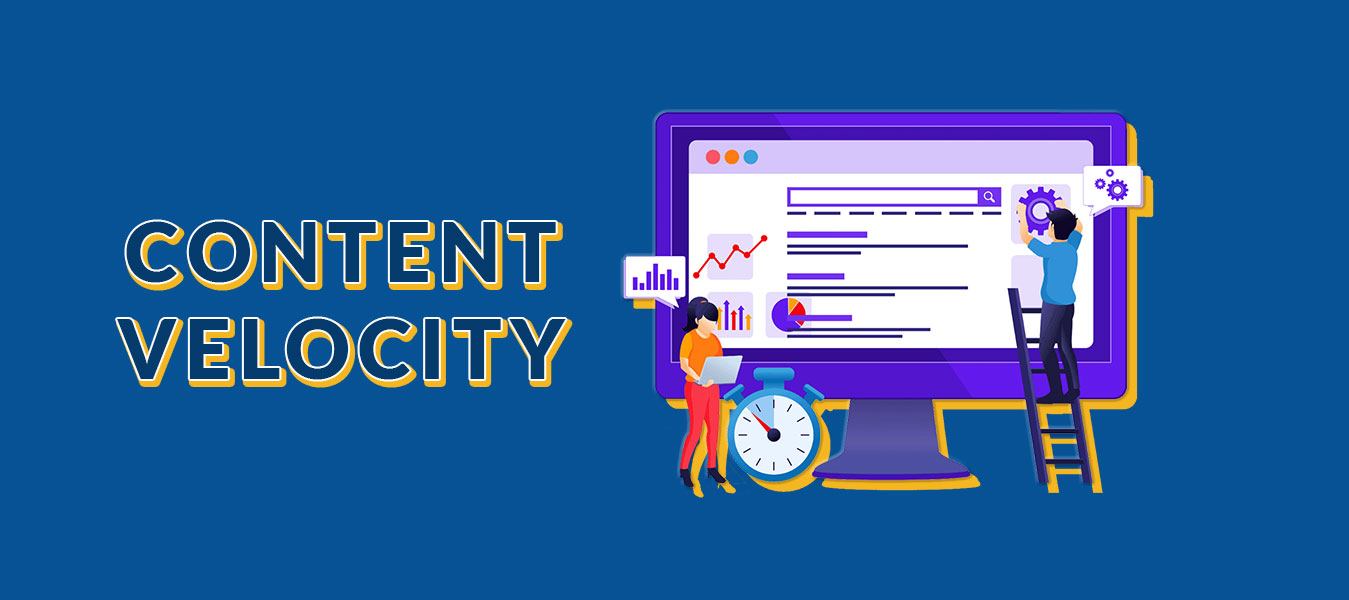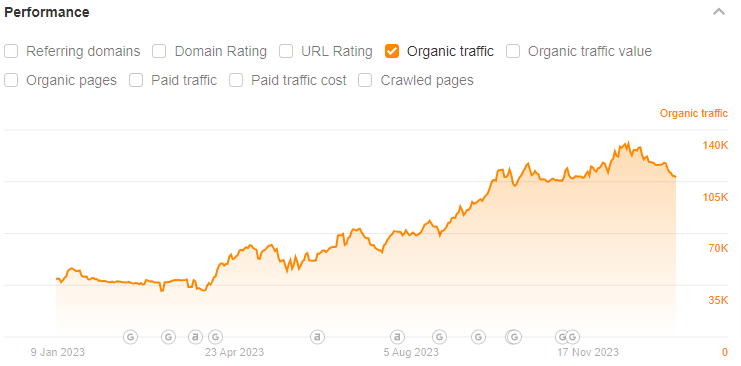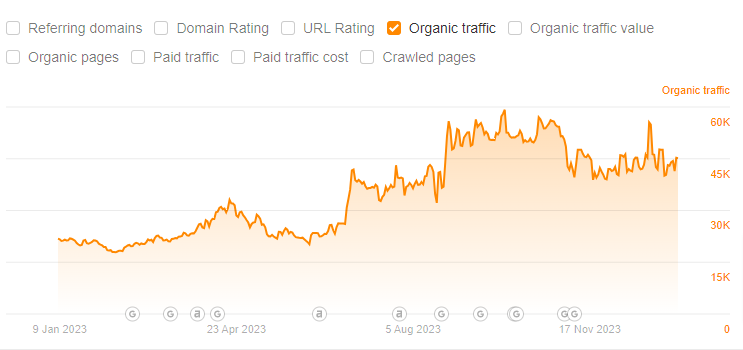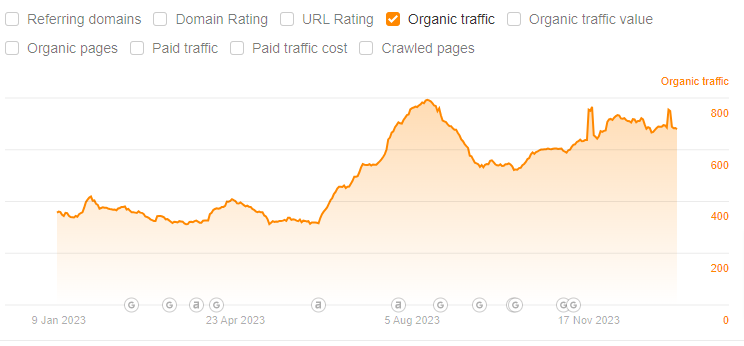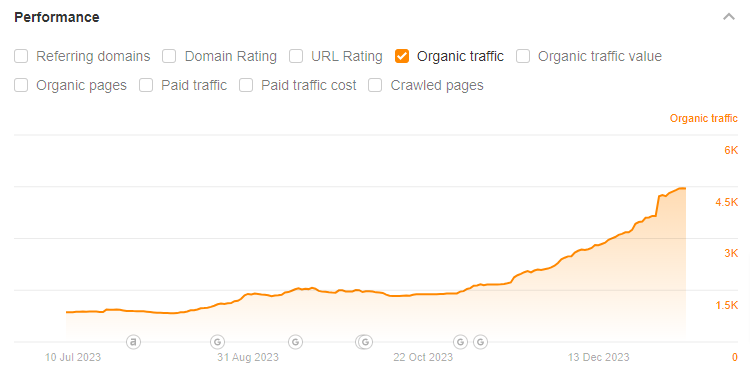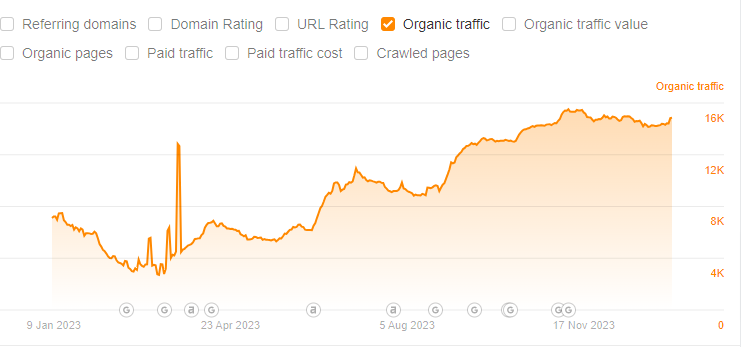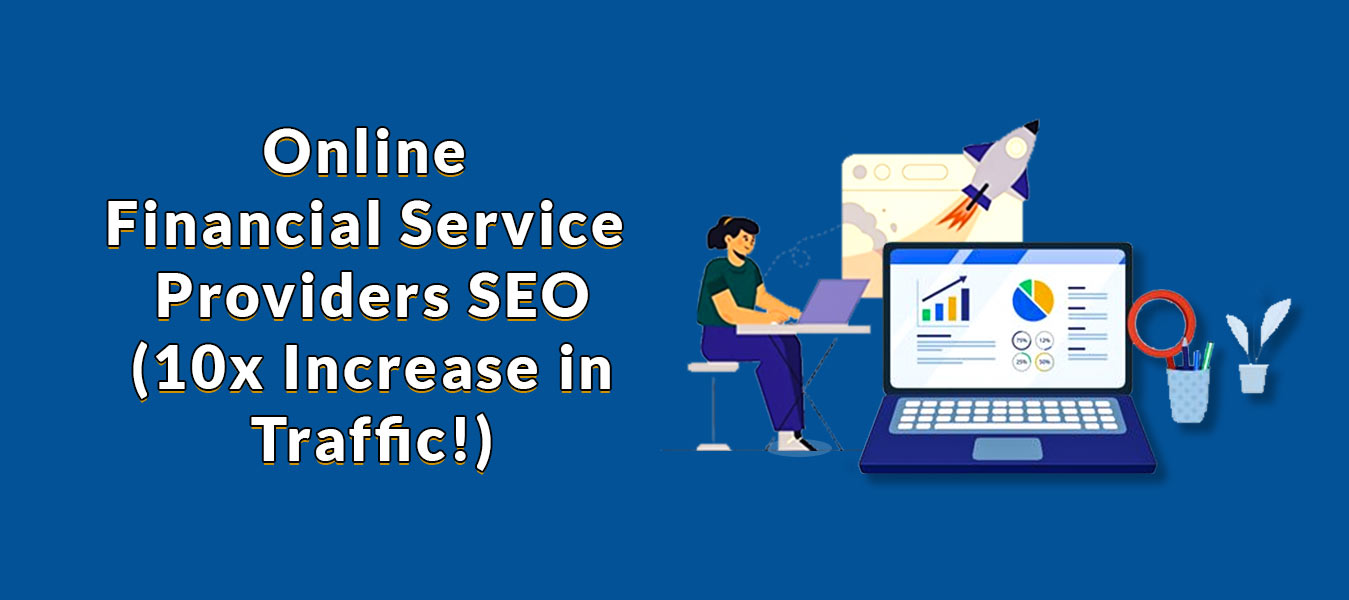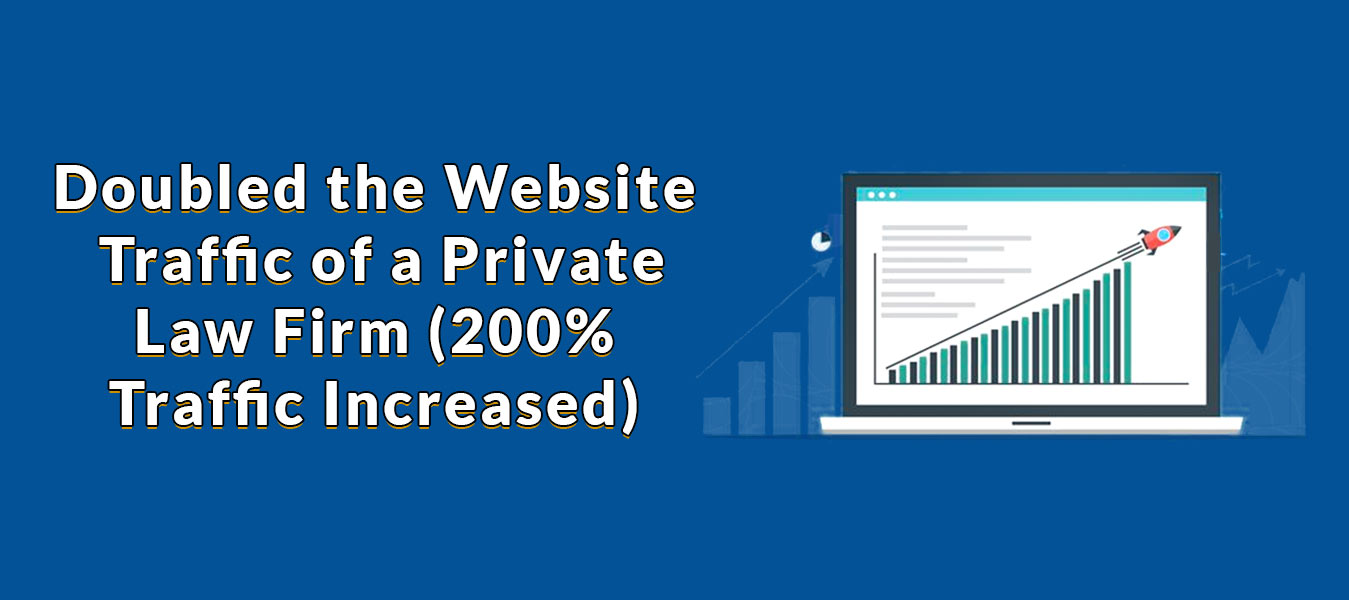In the ever-evolving landscape of digital creation, where trends ignite and fizzle in the blink of an eye, one concept has emerged as the driving force behind online success: Content Velocity Marketing.
Imagine a world where creativity collides with urgency, where relevance races against time, and where staying ahead isn’t just a strategy but a necessity. Welcome to the world where content isn’t just king – it’s on a relentless sprint to the throne, fueled by the dynamic power of Content Velocity.
In this article, we delve deep into the phenomenon that’s reshaping the way we create, share, and consume content, uncovering the strategies that propel brands and creators to thrive in this high-speed, high-stakes digital domain. So buckle up as we explore how content goes beyond being a mere blog post or article, becoming a pulsating force that shapes trends, captivates audiences, and leaves a trailblazing mark on the digital canvas.
Let’s learn about content velocity:
What Is Content Velocity?
The amount of content that a company or brand creates in a month, quarter, or year is measured as content velocity. In simple terms, it is a calculation of the content created and released by a brand or business over a specific time frame. Therefore, one needs to keep track of publishing dates and produce content accordingly in order to gauge content velocity. To track the publication dates, you can maintain a content calendar with different metrics.
A company or brand should constantly be cognizant of content velocity in order to better comprehend its position. It includes not just figuring out the typical word count but also keeping track of how quickly the content is produced and released over time.
Content of all shapes and sizes is included in content velocity. It might be a blog post, adjustments to already-existing material, the creation of new content, social media posts, or any other change.
A brand or business requires these metrics to compare itself to its rivals by understanding how much of its own content it is producing in comparison to theirs. Basically, monitoring the creation of content.
Benefits of Content Velocity
When it comes to the success of content marketing, content velocity is crucial. It is a reference to how quickly you produce and disseminate content to your audience. You may improve website traffic, gain your audience’s trust, and establish yourself as an authority in your sector by consistently producing new material.
You can keep your audience interested, stay on top of mind with them, and provide them with fresh, pertinent information by consistently developing and releasing content. You may increase your search engine optimization (SEO) and SERP rankings with content velocity, which may result in increased visibility and visitors. In the end, content velocity aids in expanding your customer base and business.
Producing high-quality content should become a habit if you want to increase brand recognition and engage visitors. However, the frequency of publication and length of the content are crucial elements for additional reasons as well:
-
To Perform Better Than Your Competition
You are in the middle if you release content twice per month, competitor A releases content three times per month, and competitor B releases content only once per month. It’s true that the user receives a ton of excellent content on a certain topic, but the majority of it comes from Competitor A. Make sure those folks are clicking on your links and approaching you for additional revenue instead if you want to surpass the competition.
-
SEO Advantages
Search engine optimization and content go hand in hand. For search engine optimization, original and pertinent content is essential. Content is a key component of how search engines crawl, index, and rank websites.
It is common knowledge that websites with interesting content rank higher in Google’s search engine result pages (SERPs). High-quality content encourages search engines to crawl and index more frequently. Therefore, content velocity is very important for SEO.
You will have more web pages on your website as you add more content to it. These are crawlable and indexable by search engines like Bing and Google. Over time, this can assist in raising your search engine ranks. Additionally, it lets search engines know that you are dependable at adding current, well-liked content.
-
It Enhances Visibility
Businesses may improve their internet presence by quickly creating and sharing top-notch content. A company or brand’s chances of reaching its target audience increase as it generates more content.
So, what benefits will you get from this?
More website traffic, increased social media followers, and, ultimately, more consumers may result from this.
-
Increases a Website’s Engagement
Businesses may keep their audience interested by consistently creating and sharing high-quality content. It demonstrates their involvement in their field and dedication to providing their audience value. By increasing their audience’s trust and loyalty, they can enhance client retention and referrals.
-
Improves the Experience of a User
Users are all too likely to leave websites and go back to the search results page if businesses and brands do not offer what they are looking for. For consumers to find the content on your website useful, it must continuously offer valuable information. If your content is acknowledged for its value and quality, it will help position you as an authority in your field and let search engines and potential customers know that your website is reliable enough to interact with and make purchases from.
Your users must enjoy themselves on your website in order to facilitate this process. They won’t waste their valuable time trying to navigate a complicated website to locate the information they seek. You must have the content that your audience wants to see, when and how they want to see it, if you want users to enjoy a seamless, speedy, and personable experience.
-
Improves the Value Your Brand Offers
High-quality content enhances your brand value in addition to SEO. Your company needs more pertinent material to interact with its consumers in terms of value generation. You may establish yourself as a dependable brand in the eyes of your intended audience by creating more content.
A brand or company that posts at least five times per week will come off as more approachable to a user than one that posts infrequently or only sometimes. Understanding your brand’s position and how to use content to engage your audience is made easier by understanding your content velocity.
-
Allows Brands Maximum Use of Resources
Any organization must use its resources efficiently. It takes time, money, and creative energy to produce any kind of content. You may find out not just what resources you have but also what resources your rivals have by employing content velocity.
It makes it easier for you to comprehend how your resources are being spent. Additionally, it aids in maximizing resource usage. Within a month, you’ll know more about the resources your rivals are employing to create content. In this manner, you can attempt to imitate the same and discover how many resources you require each month in order to produce more material than your rivals.
By splitting up the same piece of content into many portions for use on other platforms, you can also be more resourceful.
Factors That Affect Content Velocity
Several factors can impact the different Content velocity types that a business may employ to improve its marketing ROI.
Let’s take a look at all these factors that can influence a business’s ability to achieve high content velocity:
-
Creativity
It might be difficult to come up with fresh content ideas, particularly in markets where there is a lot of competition. Businesses that can come up with innovative solutions to consistently produce high-quality content are at a distinct advantage.
-
Resources
High-quality content production takes a lot of time, money, and resources to produce quickly. Businesses with fewer resources could find it difficult to consistently and swiftly develop content.
-
Collaboration
Collaboration can speed up the production of high-quality content by enterprises. Teams who collaborate well can divide duties, discuss ideas, and create content more quickly. As a result, their content velocity will increase.
-
Tools and Technology
Businesses can create and deliver content more quickly if they have the necessary technology and tools at their disposal. The process of creating content can be streamlined with the aid of tools like automation software, project management tools, and content templates.
-
Planning
Planning and structure are key to producing high-quality content to have a good content velocity. Businesses that don’t have a defined content strategy in place may find it difficult to create content quickly.
How to Calculate Content Velocity?
Understanding your company’s rate of new content production and identifying potential areas for improvement need measuring content velocity.
A formula that can be used to determine content velocity is as follows:
(The Number of Web Pages / Time) x The (Number of Words on a Web Page / Time)
This equation calculates the output in terms of words and pages per unit of time. For instance, if a company creates ten pages every month, with 700 words per page, its content velocity would be:
(10 / 1) x (700 / 1) = 7000 words per month
Monitoring the number of new web pages and blog posts that are consistently being uploaded to a website is another technique to gauge content velocity. Google Analytics or a comparable tool can be used to accomplish this.
Content Velocity Metrics
How many blog posts or web pages you publish is how content velocity is most commonly measured.
However, when you attempt to increase blog post velocity, determining both the speed and effectiveness of your material yields much more significant data and necessitates investigating several other crucial metrics.
Posting Ratio = The Number of Published Posts / The Total Number of Posts
You may find out how quickly your production efforts are being published online across various platforms with our blogging content velocity measure. More precisely, the frequency with which each item of internet information is published. Some bloggers choose not to publish everything they write, delaying or deleting postings altogether.
Think about the platforms on which these postings are appearing and the frequency of cross-channel sharing of the same finished content.
Production Frequency = The Number of Posts / Total Time
This metric measures how many pieces of content you can produce, edit, and publish in a certain amount of time. This can apply to all articles published on podcasts, videos, blogs, social media, and newsletters. This content velocity indicator will show where you are in comparison to your rivals and whether or not you are meeting your production targets. The main indicator of your content velocity is this.
Include all unpublished articles as well as those that have nearly been finished or are awaiting publication.
Cost per Post = (Cost of Content / The Number of Posts) / Total Time
This statistic is essential in determining how our content velocity affects your costs. We need to be aware of how much time and money we’re investing in each article when allocating resources to other content areas. Understanding content velocity is a terrific way to gauge our overall return on investment.
Divide your content spending by the total amount of content you created over the time period. You can now allocate resources with an average cost per piece of article or content in mind.
Conversions = (Total Conversions / The Number of Posts) / Total Time
We need to know the average number of conversions each piece of article or content generates in order to assess our progress toward increasing blog content velocity. Conversion velocity reveals whether we’re striking a balance between quality and quantity and whether the content is most effective at accomplishing its objectives.
Divide the sum of all your conversion – whether they be sign-ups, purchases, referrals, or downloads – by the number of posts that have been published.
Engagement = (All Engagement Actions / The Number of Posts) / Total Time
Engagement metrics examine the degree of audience involvement with each individual piece of content. When understanding how to assess blog post velocity, this content velocity statistic is crucial because different types of content receive various levels of engagement.
We can determine which content kinds get the most attention and which channels work best by measuring the engagement velocity of your articles or content.
Content velocity data like likes, comments, shares, clicks, impressions, and page views are divided by the total number of blog posts in a period to calculate engagement.
Average Post Word Counts = The Total Words for All Content / The Number of Posts
This average examines the word count velocity or the number of words per unit of a blog post or article. This will enable you to calculate the price per word rather than the price per piece of content more precisely. By doing this, you can better allocate your resources and assess the length of the blog posts that will yield the best results.
Divide the total words you write for all of your content or articles in a given time frame by the number of posts that were released within that same time.
Each of these measures helps us understand our blogging content velocity and the potential effects it may have on our success as bloggers. You can understand how crucial content velocity is for the success of your blogging and marketing strategy once you are able to analyze how these figures interact with one another and then apply them to your content strategy goals.
How Can You Use Content Velocity?
A great tool for producing and managing content for your website and your other digital platforms is content velocity. It enables you to rapidly and effectively plan, create, publish, and analyze content.
Following are some pointers for utilizing content velocity:
-
Plan
In order to post articles or content on your website, create a content calendar with definite subjects and posting times. This will keep you organized and guarantee that you consistently publish timely information.
-
Develop
Use content velocity to swiftly produce content and blog posts that are designed for user experience (UX) and search engine optimization (SEO). The tool can be used to include multimedia components like pictures, videos, and other types of content in your writing.
-
Publish
Use content velocity to swiftly publish your content to your website once it is complete. This will make it more likely that viewers will be able to access your content right away.
-
Analyze
You can monitor the effectiveness of your content, including your articles, by looking at your brand’s content velocity. This can assist you in determining what is working for you and what is not so that you can adapt as necessary.
How to Improve Content Velocity?
You can improve your content velocity by following the given tips:
-
Develop a Content Strategy
To achieve high content velocity, a defined content strategy must be developed. A content strategy should have a content calendar, a topical list, and a strategy for content promotion.
-
Utilize Automation Tools
Businesses may develop and deliver content more quickly with the aid of automation systems. While email marketing software such as Mailchimp may help automate email campaigns, tools like CoSchedule, Hootsuite, Buffer, etc., can help automate social media updates.
-
Repurpose Old Content
Businesses can quickly and effectively develop new content by reusing existing content and articles.
Old blog posts and articles can be updated, transformed into infographics or videos, or used as the foundation for fresh content by brands and businesses.
-
Use Templates and Checklists
The process of creating content can be made more efficient by using templates and checklists. To save time and guarantee consistency, businesses can utilize templates for blog posts, social media updates, and other sorts of material.
-
Collaborate With Others
Businesses may develop high-quality content more quickly by collaborating with others. To produce content that resonates with their audience, businesses can collaborate with guest bloggers, influencers, experts, and thought leaders in their niche.
What Is Link Velocity?
The quantity of backlinks you obtain over a specific period of time is referred to as link velocity. In Search Engine Optimization (SEO) activity, links are a significant factor, and link velocity should also be taken into consideration.
Your latest articles will begin to rank more quickly, and you are more likely to outrank your rivals if your link velocity – the rate at which you acquire links to your website – is higher.
How Do You Calculate Link Velocity?
To determine how many backlinks and referring domains go to a specific page on your website, as well as when they were obtained over time, you can use software like SE Rankings, Ahrefs, and SEMrush. This practice can be repeated for your rivals during the same time range. You can compare your link velocity to that of competitors in this way.
Why Does Backlink Velocity Matter?
Because high-quality backlinks from reliable sources might increase your chances of showing up for your target keywords in Google search results, link velocity is important.
Although link velocity is significant, it should be noted that a high link velocity on its own does not always imply a higher Google ranking. Although backlinks are important for ranking well on Google, they are not the only criteria that search engines like Google consider.
Google also takes into account factors, including the quality of the backlinks, the anchor text, and the speed at which the connections are needed. And let’s not forget content velocity.
For instance, if you get too many backlinks too soon or your link building doesn’t look natural, Google can determine that you are using black hat SEO techniques and penalize you by placing you lower in search results.
In a nutshell, the secret is to continually create high-quality links. Your website’s link and content velocities working together will significantly improve your ranking activity. Obviously, as long as the content and links are of a high caliber.
You’ll soon notice your website rising in the Google ranks for your specialty if you continue to add fresh connections to it consistently for months at a time.
How to increase link velocity?
While it’s important to build a healthy backlink profile, it’s crucial to do so in a natural and sustainable manner. Google’s algorithms are designed to detect and penalize websites that engage in unnatural or spammy link-building practices.
Here are some tips to increase link velocity while staying within the bounds of good SEO practices:
Produce High-Quality Content: Creating valuable, informative, and engaging content will naturally attract more backlinks over time. Focus on quality over quantity.
Guest Blogging: Write high-quality guest posts for reputable websites in your industry. Ensure your content provides value to the readers and includes relevant, contextual links back to your site.
Outreach and Networking: Reach out to other bloggers, influencers, and website owners in your niche. Build genuine relationships and ask for opportunities to collaborate or share your content.
Broken Link Building: Identify broken links on other websites and suggest your own content as a replacement. This approach can lead to acquiring quality backlinks.
Public Relations and Media Coverage: Seek media coverage, press releases, and mentions from reputable sources. This can lead to authoritative backlinks.
Content Promotion: Promote your content through various channels, such as email newsletters, forums, and online communities, to increase its reach and potential for backlinks.
Infographics and Visual Content: Create visually appealing and shareable content like infographics, charts, and videos that can attract backlinks from sites that appreciate visual content.
Resource Lists and Directories: Submit your website to relevant and high-quality industry directories and resource lists.
Internal Linking: Make sure your website’s internal linking is strong. Link relevant pages within your own site to create a natural flow of link equity.
Participate in Forums and Discussions: Engage in relevant online forums, discussions, and Q&A platforms where you can provide valuable insights and include links to your content when appropriate.
The Final Words
Although it isn’t frequently discussed, content velocity, as well as link velocity, is an important statistic for organizations and content creators. We are confident that after today, as a marketer, you will pay special attention to this indicator because you now understand how important it is for a business and to your content marketing plan.
In terms of substance, we hardly ever take into account what we publish, much less what our rivals do. With content velocity, you can publish and produce your content more effectively because you will be more aware of the methods your rivals are using to capture the audience’s attention.


